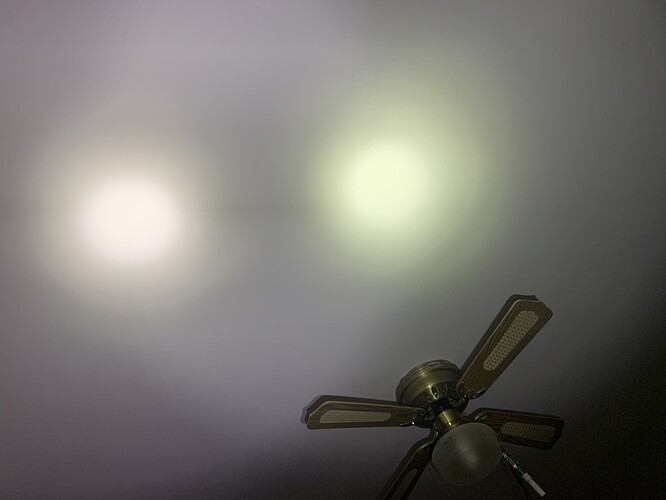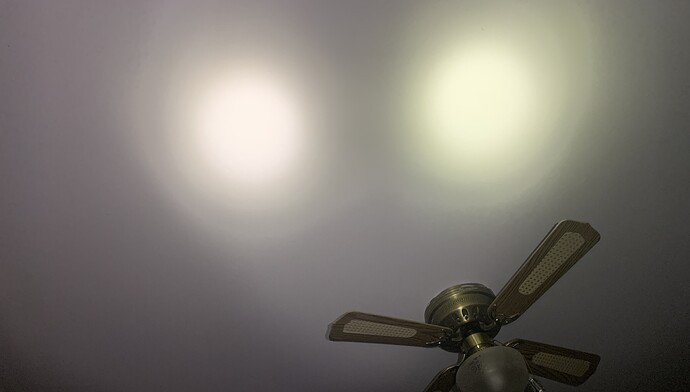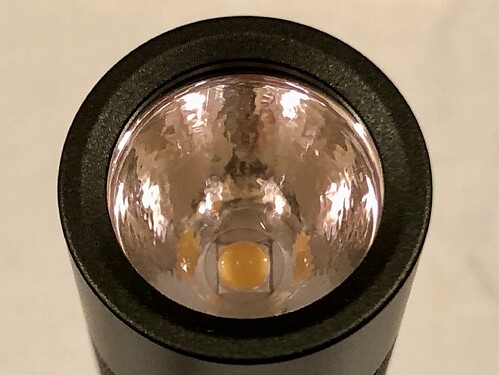Hi, er, was this reply to me? Discourse tends to hide the “reply-to” thingy when the posts happen consecutively, so it can be hard to tell.
Anyway, just wondering if I said something wrong?
I use minus-green filters happily on several lights. For relatively mild green tints, a filter can often make the beam look nearly perfect. It’s a cheap, easy solution.
For more extreme cases though, I haven’t found filters to be a very effective solution. Like, I was using XP-L versions of the FW3A, plus a 219B custom version for better tint. People convinced me to try the SST-20 version though, insisting it looked fantastic and was way brighter than other high-CRI emitters.
So I got one. And the beam was really, really ugly. 95 CRI, on paper, but it felt similar to using a sodium vapor lamp.
Then I added minus-green to it to fix the horrible tint. It required more filtering than other lights though, to get the color anywhere near white. And even at its best, the color still looked strange; it sucked color out of the blue end of the spectrum. It was way better than before, but still not good.
After correcting the tint as much as possible, I noticed it looked really dim, and I had to run it a step or two higher than other lights to get the same brightness. So I measured it, and found that when I kept the power level the same, it was making roughly half as much light as other lights. I.e. half as much runtime.
I don’t use high or turbo much, but on this particular filtered light, turbo ran the risk of melting the filter because it absorbed so much of the output. I’ve had filters melt before. Here’s what happened last time I tried something similar:

That happened in just 3 seconds on turbo.
For this particular light, the minus-green filter helped, but it didn’t help enough… and it came at a cost of cutting runtime in half and making turbo unsafe. So that light has been gathering dust while I wait for the motivation to swap some LEDs.
Other lights though, I forget the filter is even there. It works great on my SP10 Pro, for example. After a few minutes to cut and apply a filter, the light is just … better.




